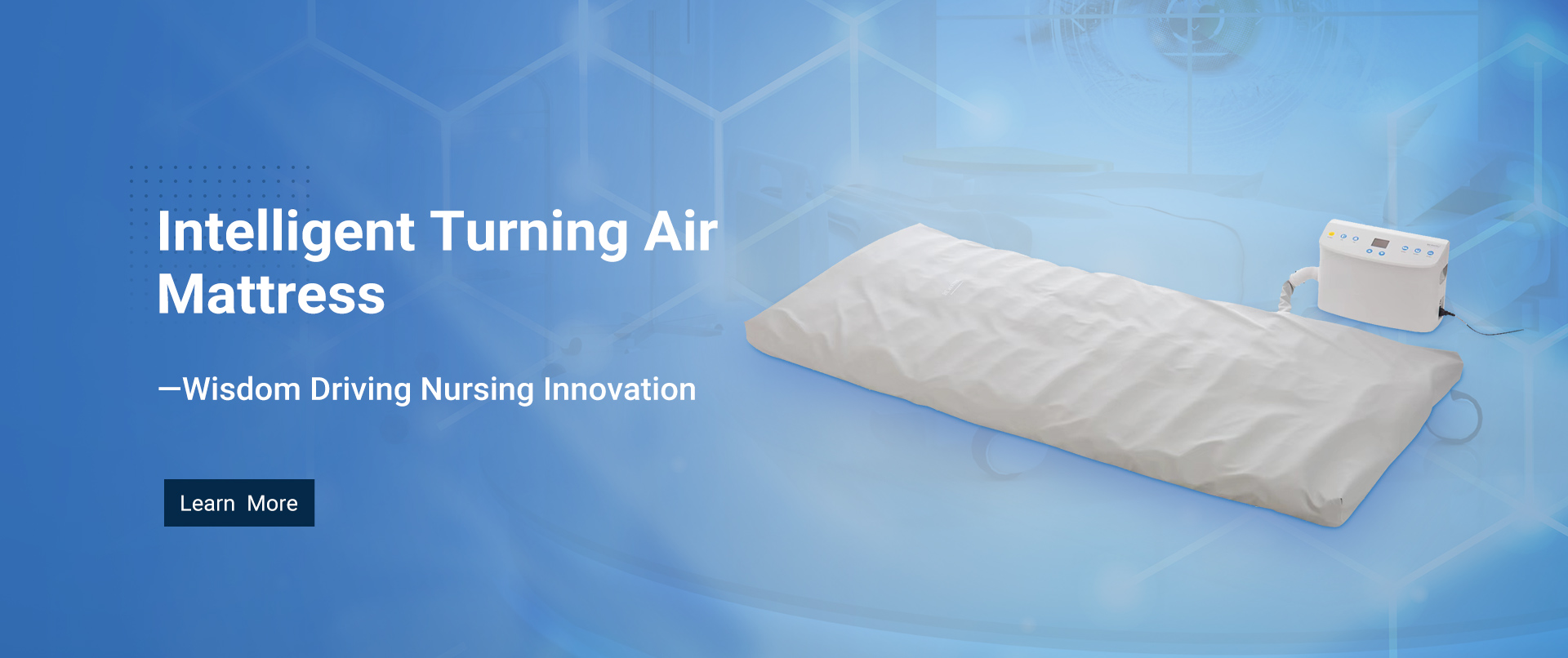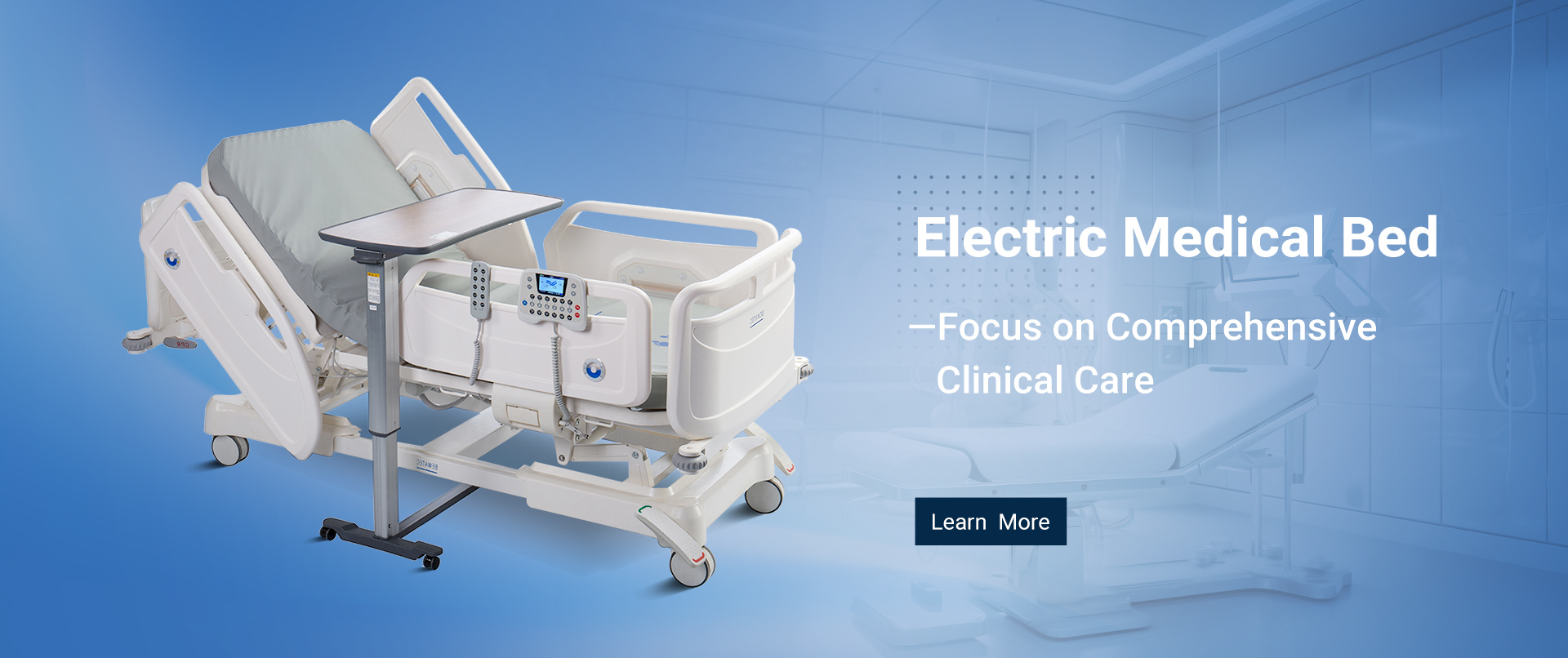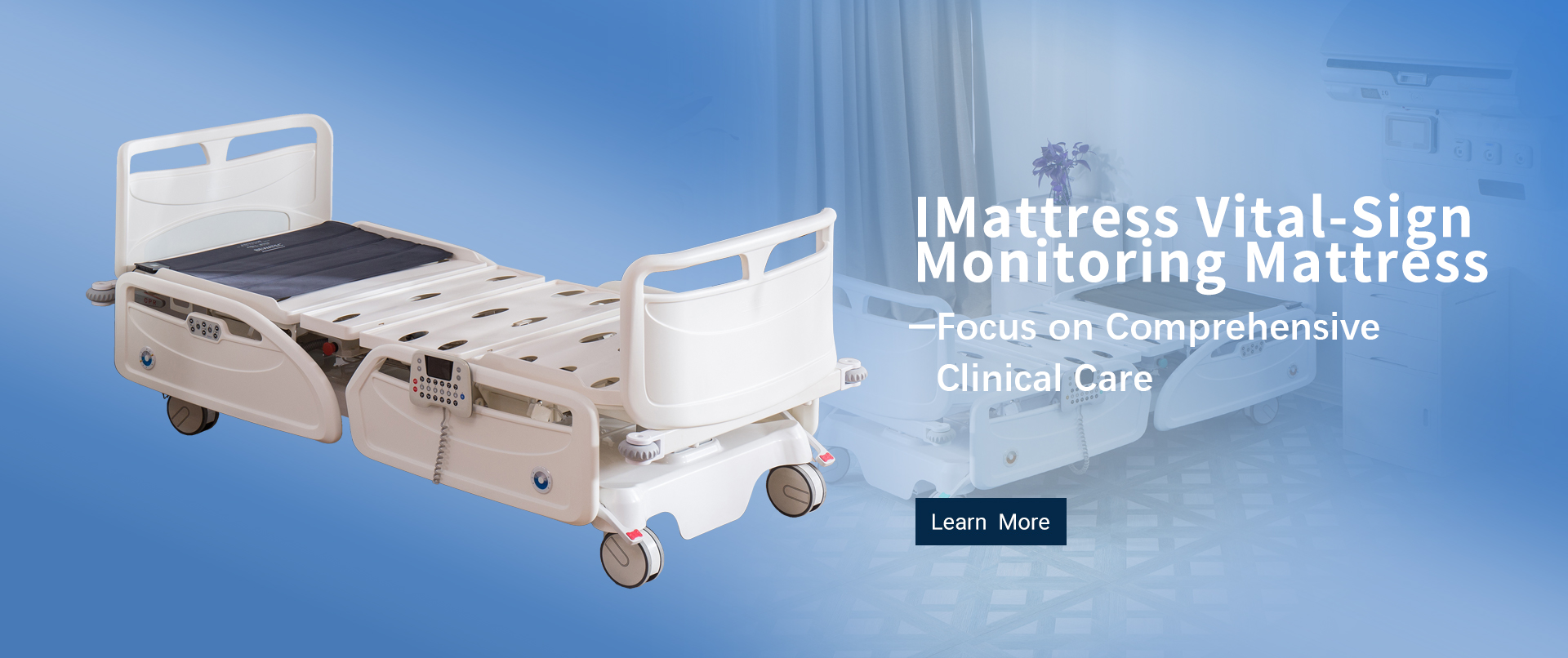In modern healthcare settings, patient comfort and safety are top priorities. Hospitals rely on advanced medical equipment to enhance treatment efficiency and improve patient outcomes. One essential piece of equipment is the electric medical bed, which has revolutionized patient care through its innovative features. From improved mobility to enhanced safety, these beds play a critical role in ensuring both patient well-being and caregiver convenience.
Enhanced Patient Comfort and Adjustability
One of the primary reasons hospitals invest in electric medical beds is their ability to provide superior comfort. Unlike traditional beds, electric medical beds allow for precise adjustments in height, head elevation, and foot positioning. These adjustments help patients find the most comfortable posture, reducing discomfort caused by prolonged immobility.
For patients recovering from surgery or those with chronic conditions, positioning is crucial. Electric beds offer smooth and effortless adjustments, minimizing strain and enhancing relaxation. Features such as pressure-relief mattresses can also be integrated to prevent bedsores and improve circulation.
Improved Safety and Fall Prevention
Patient safety is a key concern in hospitals, particularly for individuals with mobility limitations. Electric medical beds are equipped with features designed to minimize fall risks and improve overall safety. Adjustable height settings allow healthcare professionals to lower the bed for easy patient entry and exit, reducing the chances of slips and falls.
Side rails provide additional protection, especially for elderly patients or those at risk of rolling out of bed. Some models include built-in alarms that alert caregivers when a patient attempts to leave the bed without assistance. These safety measures contribute to a secure hospital environment while ensuring patients receive timely support.
Better Caregiver Efficiency
Electric medical beds not only benefit patients but also make life easier for healthcare professionals. Manually adjusting a hospital bed can be physically demanding, increasing the risk of strain-related injuries among caregivers. With electric controls, adjustments can be made effortlessly, allowing nurses and doctors to focus on providing quality care instead of managing bed positioning.
Many electric beds also feature remote controls, enabling quick modifications without disrupting the patient. Additionally, integrated mobility features allow for smooth transportation of patients within the hospital, reducing the physical burden on medical staff.
Facilitating Faster Recovery
Proper patient positioning plays a crucial role in the recovery process. Electric medical beds offer features that aid in rehabilitation, such as Trendelenburg and reverse Trendelenburg positions, which help improve circulation and respiratory function. These features are particularly beneficial for post-surgical patients and those with cardiovascular or respiratory conditions.
For bedridden patients, adjustable beds help reduce pressure on specific body areas, preventing complications like pressure ulcers. By promoting comfort and stability, these beds contribute to faster healing and a better overall recovery experience.
Versatility and Customization Options
Electric medical beds are designed to accommodate various patient needs. Whether used in intensive care units, maternity wards, or long-term care facilities, these beds offer customization options to fit different medical requirements.
Features such as electronic weight monitoring, emergency CPR settings, and built-in oxygen support enhance the functionality of electric beds. Hospitals can select models tailored to specific patient needs, ensuring optimal care for every individual.
Long-Term Cost Savings
While electric medical beds represent an initial investment, they provide long-term savings for healthcare institutions. Their durability, ease of maintenance, and ability to reduce patient complications lead to lower operational costs. Additionally, by reducing the risk of falls, pressure ulcers, and caregiver injuries, hospitals can decrease liability expenses and improve overall efficiency.
Conclusion
Electric medical beds have transformed patient care in hospital environments. Their adjustability, safety features, and caregiver-friendly design make them an indispensable asset in modern healthcare. By enhancing comfort, preventing complications, and improving workflow efficiency, these beds contribute to better patient outcomes and a higher standard of care. As hospitals continue to prioritize advanced medical technology, electric medical beds remain a trusted solution for optimizing healthcare delivery.
For more insights and expert advice, visit our website at https://www.bwtehospitalbed.com/ to learn more about our products and solutions.
Post time: Apr-01-2025









